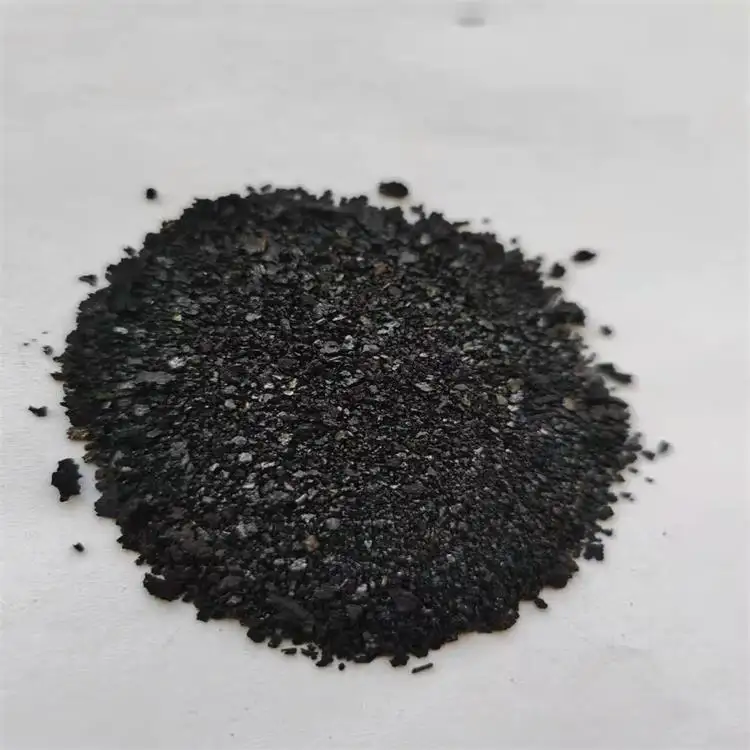Exploring the Rich History of Indigo Dyes in China and India
The Intriguing History and Cultural Significance of Indigo in China and India
Indigo, a deep blue dye extracted from the leaves of the indigo plant, has woven itself into the rich tapestry of cultural and economic history in both China and India. This remarkable plant has not only played a crucial role in the textile industry but has also been a symbol of social status and artistic expression throughout the centuries.
The history of indigo in China dates back over 2,000 years, primarily during the Han Dynasty. The Chinese cultivated two main species of indigo plants, which were used extensively for dyeing purposes. The resulting vibrant blue dye became a staple in traditional Chinese textiles, ranging from silk garments to cotton fabrics. Indigo dye was highly prized and often reserved for nobility and high-ranking officials, underscoring its luxury and cultural significance.
The Intriguing History and Cultural Significance of Indigo in China and India
The historical backdrop of indigo in India, particularly during the colonial era, reveals stark realities. In the 19th century, British colonial rule imposed a system of indigo plantation agriculture that exploited local farmers. The infamous Indigo Rebellion of 1859 exemplifies the struggle of Indian farmers against oppressive practices imposed by colonial authorities. This rebellion not only illustrated the economic hardships faced by local communities but also sparked a broader consciousness concerning exploitation and injustice.
china indian indigo

As time progressed, indigo faced challenges due to synthetic dye production in the late 19th and early 20th centuries. While modern dyes were more economical and easy to produce, the artistry and cultural heritage associated with natural indigo were in danger of being forgotten. Fortunately, there has been a resurgence of interest in traditional indigo production methods, fueled by contemporary consumers' growing appreciation for sustainability and artisanal craftsmanship.
In both China and India, indigo has transcended its functional use as a dye to become a profound symbol of cultural identity. In Indian culture, the term indigo evokes images of vibrant textile arts, intricate patterns, and a deep connection to the land. Similarly, in China, especially in regions like Xinjiang, indigo has been used in traditional clothing for centuries, representing not just heritage but also regional pride.
In recent years, the rise of global interest in natural dyes and traditional crafts has sparked collaborations between artisans from both countries. Workshops and cultural exchanges focused on indigo dyeing techniques showcase the rich heritage that this dye represents. Such initiatives promote sustainable practices and revive ancient skills, allowing new generations to connect with their cultural roots.
In conclusion, the journey of indigo through the historical landscapes of China and India highlights its significant role in shaping cultural identities and economies. From being a symbol of nobility in Chinese history to representing resistance and artistry in India, indigo stands out as a vital thread that connects people across time and geography. As the world moves towards sustainability and embraces artisanal crafts, indigo continues to inspire and evoke admiration, ensuring that its legacy endures for generations to come.
-
The Timeless Art of Denim Indigo Dye
NewsJul.01,2025
-
The Rise of Sulfur Dyed Denim
NewsJul.01,2025
-
The Rich Revival of the Best Indigo Dye
NewsJul.01,2025
-
The Enduring Strength of Sulphur Black
NewsJul.01,2025
-
The Ancient Art of Chinese Indigo Dye
NewsJul.01,2025
-
Industry Power of Indigo
NewsJul.01,2025
-
Black Sulfur is Leading the Next Wave
NewsJul.01,2025

Sulphur Black
1.Name: sulphur black; Sulfur Black; Sulphur Black 1;
2.Structure formula:
3.Molecule formula: C6H4N2O5
4.CAS No.: 1326-82-5
5.HS code: 32041911
6.Product specification:Appearance:black phosphorus flakes; black liquid

Bromo Indigo; Vat Bromo-Indigo; C.I.Vat Blue 5
1.Name: Bromo indigo; Vat bromo-indigo; C.I.Vat blue 5;
2.Structure formula:
3.Molecule formula: C16H6Br4N2O2
4.CAS No.: 2475-31-2
5.HS code: 3204151000 6.Major usage and instruction: Be mainly used to dye cotton fabrics.

Indigo Blue Vat Blue
1.Name: indigo blue,vat blue 1,
2.Structure formula:
3.Molecule formula: C16H10N2O2
4.. CAS No.: 482-89-3
5.Molecule weight: 262.62
6.HS code: 3204151000
7.Major usage and instruction: Be mainly used to dye cotton fabrics.

